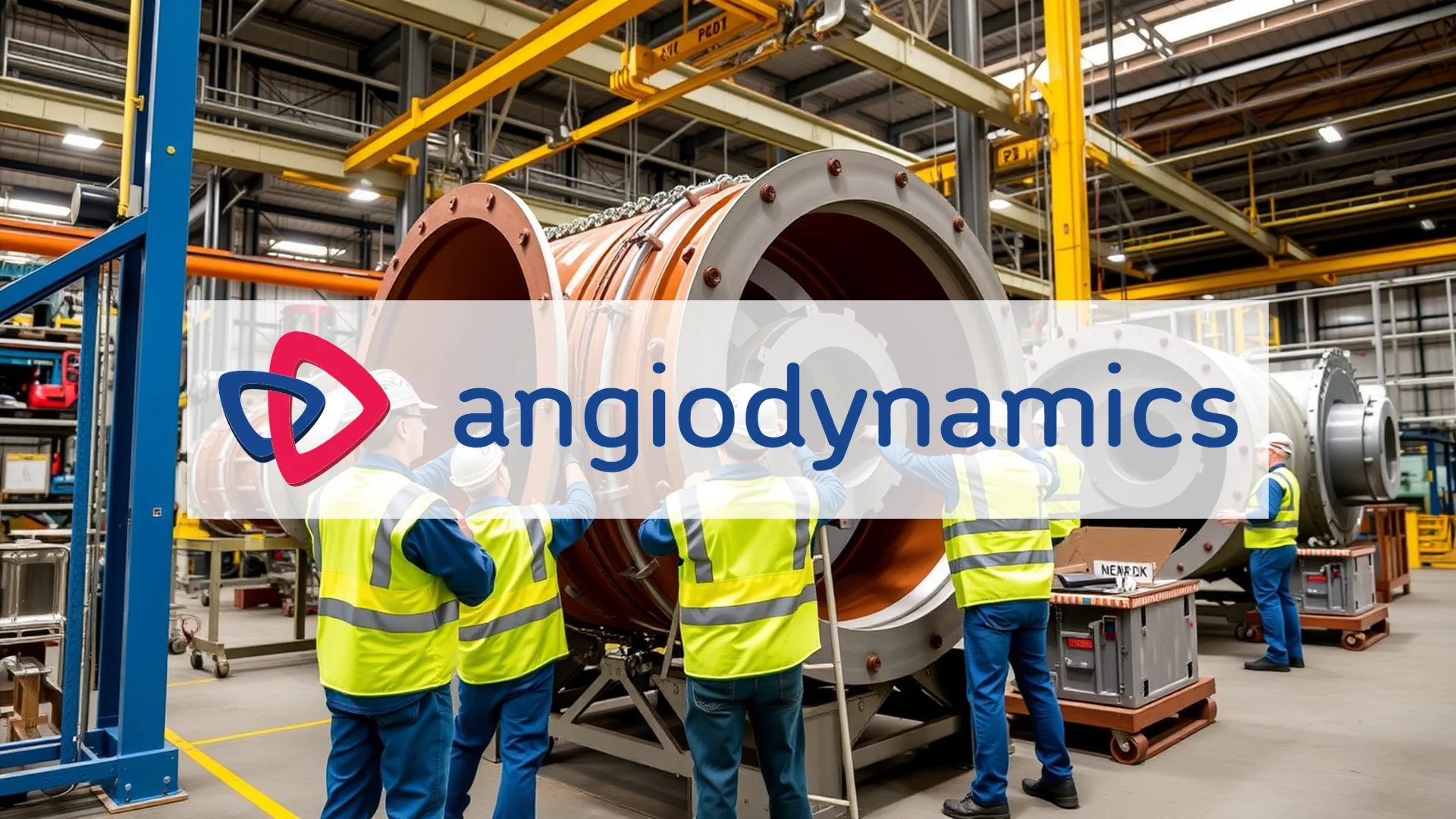The options market is flashing warning signals for US automotive retailer Asbury Automotive Group, creating a tense backdrop against the company’s aggressive acquisition strategy. Despite reporting solid quarterly earnings, sophisticated investors appear to be positioning for potential downside in the stock.
Strategic Growth Amid Rising Debt Concerns
Asbury Automotive recently fortified its market position by completing the acquisition of Herb Chambers dealerships, significantly expanding its footprint in New England and strengthening its luxury vehicle portfolio. This strategic move was financed through a $546.5 million real estate loan secured in July 2025, carrying a ten-year term.
However, this expansion comes with financial strain. The company’s debt levels have now exceeded its target range, placing successful integration of recent acquisitions and effective debt management as critical challenges for the coming months. CEO David Hult acknowledged a potentially “bumpy” road ahead over the next six to seven months, citing tariff impacts among the concerns.
Options Activity Points to Elevated Concerns
Market participants are showing heightened risk awareness through their options activity. Particularly notable is the unusually high implied volatility for put options with a $360 strike price expiring in October 2025. This pattern suggests that leveraged positions are being established in anticipation of significant downward price movement for Asbury Automotive shares.
Mixed Quarterly Performance Metrics
The company’s Q2 2025 results revealed both strengths and weaknesses. Earnings per share substantially outperformed expectations, coming in at $7.43 compared to the $6.82 forecast. Conversely, revenue of $4.37 billion fell short of the $4.44 billion projection by 1.8%.
Should investors sell immediately? Or is it worth buying Asbury Automotive?
Segment performance varied considerably. While new vehicle sales and parts/service operations delivered a 7% profit increase, the used vehicle division and financing operations experienced modest declines. An interesting development emerged in service revenue: electric vehicles generated significantly higher revenue per repair order at $851, compared to $656 for hybrid models and $553 for traditional combustion vehicles.
Balancing Ambition With Financial Stability
Despite near-term challenges, management maintains a fundamentally positive outlook. The company plans to reduce its debt burden over the next 12 to 18 months while anticipating normalization of new vehicle gross profits to between $2,500 and $3,000 per unit.
Analyst sentiment reflects the current uncertainty. While three analysts raised their estimates for the current quarter, one lowered theirs, resulting in only a minimal net increase to the consensus forecast.
The central question remains whether Asbury Automotive can successfully navigate its expansion while maintaining financial stability, or if the bearish options market predictions will prove accurate.
Ad
Asbury Automotive Stock: Buy or Sell?! New Asbury Automotive Analysis from November 25 delivers the answer:
The latest Asbury Automotive figures speak for themselves: Urgent action needed for Asbury Automotive investors. Is it worth buying or should you sell? Find out what to do now in the current free analysis from November 25.
Asbury Automotive: Buy or sell? Read more here...













